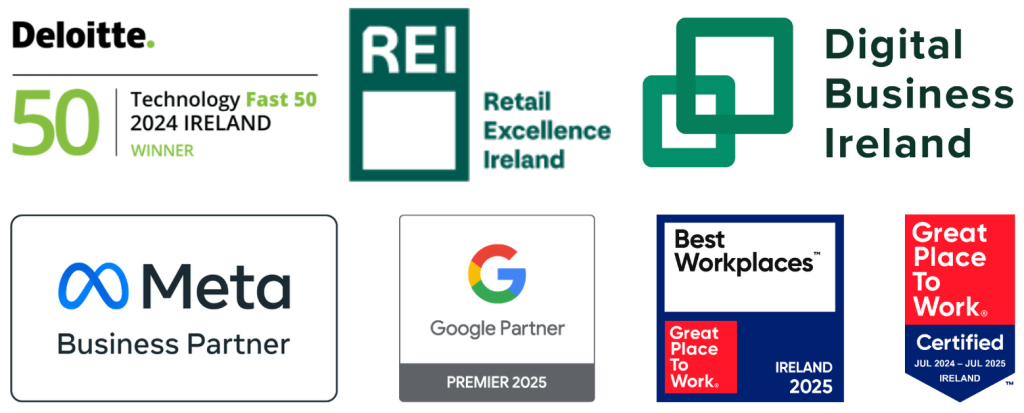Digital accessibility is more than just a technical requirement; it’s a fundamental principle that ensures everyone, regardless of their abilities, can fully participate in the digital world. As Tim Berners-Lee, the founder of the internet, aptly stated, “The power of the web is in its universality. Access by everyone regardless of disability is an essential aspect.” This powerful statement underscores the importance of creating inclusive online environments where all users can access information, engage with content, and utilise services without barriers. By prioritising digital accessibility, we not only comply with legal standards but also embrace the true spirit of the web, which is its ability to connect and empower people from all walks of life.
WCAG
Over the past three decades, digital accessibility has been shaped by the Web Content Accessibility Guidelines (WCAG). This international standard was developed through the collaboration of organisations and individuals worldwide, aiming to establish a common framework for making web content accessible. The goal is to meet the needs of individuals, organisations, and governments alike.
Web content generally includes information on a web page or web application and can be divided into two main categories:
- Web functionality: Code or markup that defines structure and functions.
- Consumed information: Such as imagery, text, or videos.
Since it came to fruition in 1999, WCAG has undergone several updates. The current version, WCAG 2.2, includes three levels of success criteria: A, AA, and AAA. For more details, you can visit the WCAG standards page.
Laws on Digital Accessibility
Digital accessibility is supported by various laws around the world, aimed at making the internet and technology more inclusive. In Europe, for instance, the European Accessibility Act mandates that services such as e-commerce, websites, mobile apps, hardware, and software be accessible to people with disabilities. This law, enacted in 2019, requires providers of covered products and services to comply by June 2025. While there may be certain exceptions to these laws, striving to make content accessible and inclusive should be an ethical goal for everyone to aim to achieve.
Digital Accessibility at Core Optimisation
As you know, the Core Consortium proudly serves as the delivery partner for the Fáilte Ireland Digital that Delivers (DTD) programme. This year, the programme has reached new heights with increased grant amounts to incorporate digital accessibility. This ensures that websites and content developed under DTD are accessible to people of all abilities.
Some examples of how Core Optimsation are implementing this include:
- Developing videos with accurate captions and audio description alternatives, and ensuring videos are delivered without flashes and rapid transitions.
- Providing photographs with relevant and informative alternative descriptions.
- Delivering copy that is simplified for all audiences to understand.
The Consortium’s website team is committed to creating high-quality websites that are both functionally and aesthetically accessible. Digital that Delivers not only aids in developing accessible websites and content for people of all abilities but it is also assisting the hundreds businesses in the programme with tapping into the 25%+ of the tourists who have some form of disability. Finally, by supporting digital accessibility, Digital that Delivers is helping businesses in futureproofing their online presence in anticipation of upcoming legal obligations and ever-evolving online search standards and trends.
Conclusion
Having an alternative way to consume content benefits everyone. We’ve all experienced poor internet connections where images fail to load, leaving us clueless about the content. Effective alt descriptions can bridge these gaps. Other examples of general digital accessibility benefits, include using captions when learning a new language, listening to audio descriptions while watching videos on the go, and reading captions in noisy or quiet environments where sound isn’t an option. Implementing digital accessibility benefits everyone. It provides various ways for people to discover and consume content online. Ultimately, embracing digital accessibility creates a more inclusive and connected world for everyone to enjoy.
